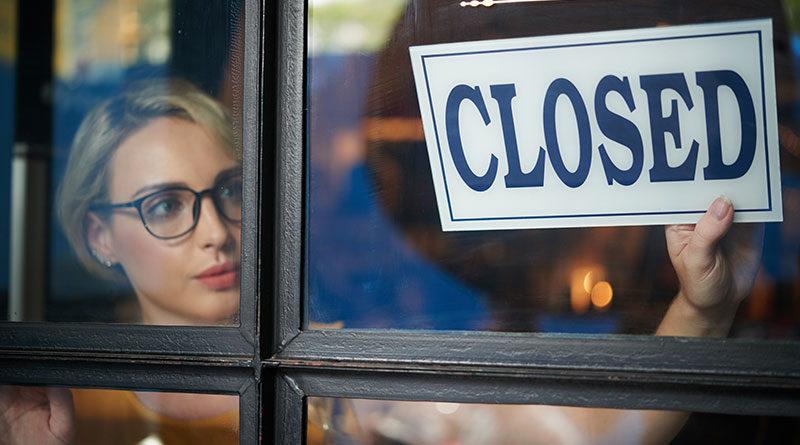Restaurant Closures Reach 10-Year High

The number of restaurant businesses going bust has reached its highest level since 2010, jumping by more than a third in 2018, according to data obtained by accountancy firm Price Bailey.
According to Price Bailey, 1,442 British restaurant businesses became insolvent in 2018, a 38% increase on 2017 when 1,043 restaurant businesses went into insolvency. The number of restaurant sector insolvencies has more than doubled since 2010, when 674 went under. The number of restaurant businesses going bust is now averaging four per day, up from just under two per day in 2010.
Price Bailey says that the restaurant sector is facing a “perfect storm” of adverse trading conditions, which are proving particularly challenging for the mid-range casual dining market. A range of factors, including market saturation, rising costs and changing consumer spending habits are all piling the pressure on the beleaguered restaurant sector. This has forced a rising number of well-known chains into insolvency in 2018, including Byron, Gaucho and Sir Terrance Conran’s Prescott & Conran group of restaurants.
Paul Pittman, Partner at Price Bailey, comments:
“The challenging trading conditions facing the restaurant sector show no signs of improving. 2018 was easily the toughest year for the sector since the financial crisis with a record number of restaurant groups calling in administrators.”
“The upper end of the sector in London is facing less pressure than the mid-range casual dining market. There was a huge private equity fuelled expansion in the mid-market, which led to over-saturation, leaving too many restaurants competing for customers. With margins still being squeezed we will continue to see the less viable businesses and sites in the sector under threat of closure.”
He adds: “Restaurants are capital-intensive businesses. Many are perpetually walking a balance-sheet tightrope and it often only takes a few months of poor takings to send them over the edge.”
Price Bailey points out that social media is accelerating changes in consumer tastes with people increasingly looking for novel dining experiences. As a result, restaurants can rapidly find themselves out of favour.
Paul Pittman says: “Chain restaurants are particularly vulnerable to changing consumer fads. What was once flavour of the month can quickly go out of fashion. The cost of acquiring leases and outfitting restaurants can run into the millions per site in prime city centre locations. You need a sustainable customer base to absorb that risk.”
“Restaurants are also facing stiffer competition from the food delivery market, with brands such as Just Eat and Deliveroo persuading many would-be diners to eat at home rather than spend more by eating out.”
